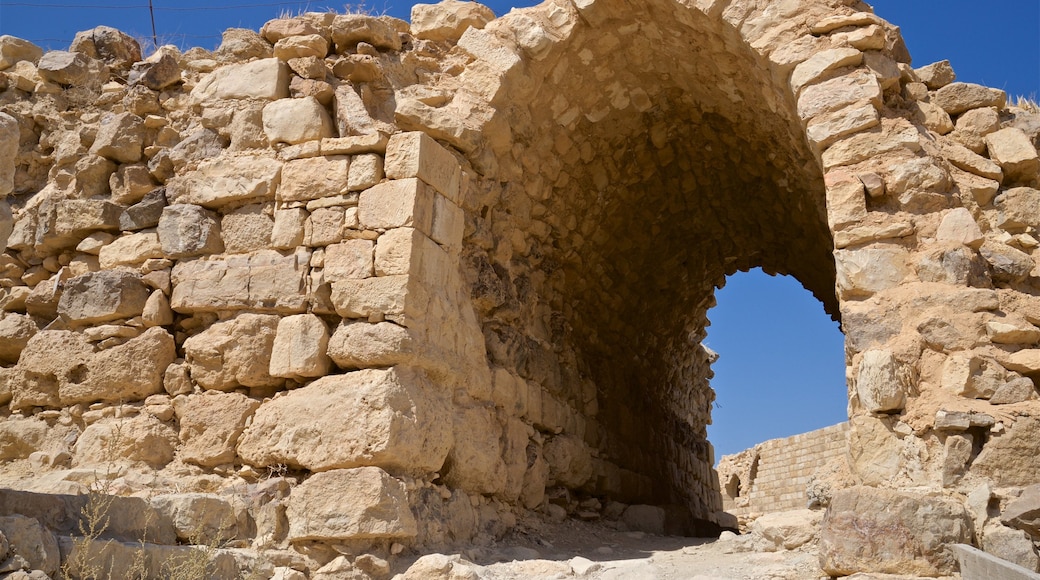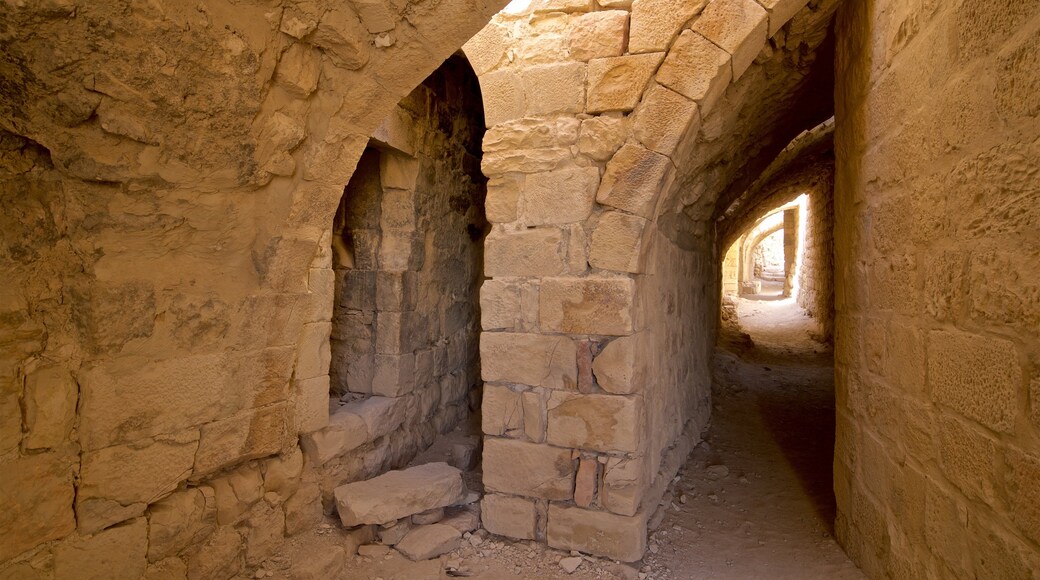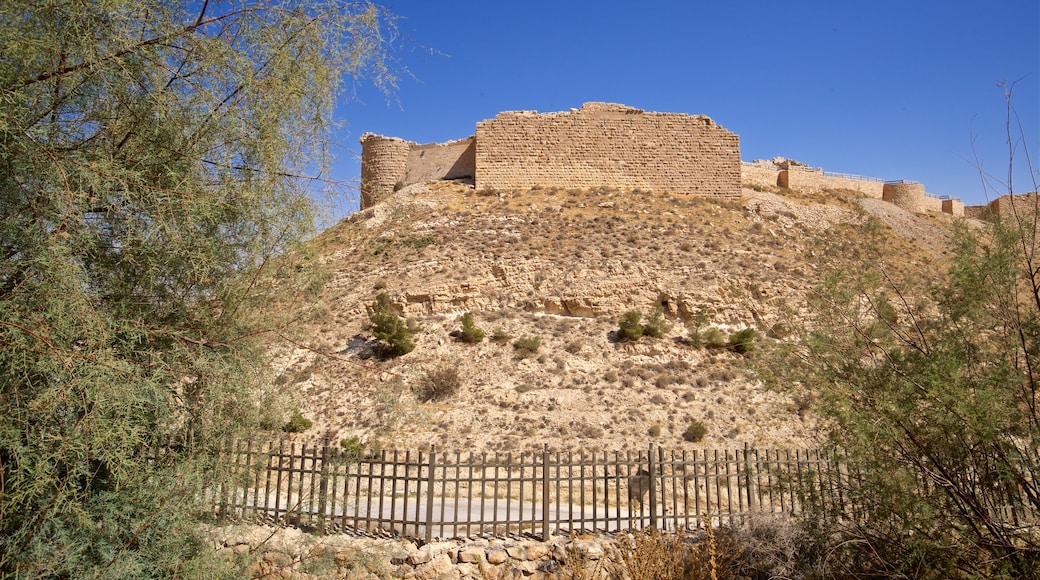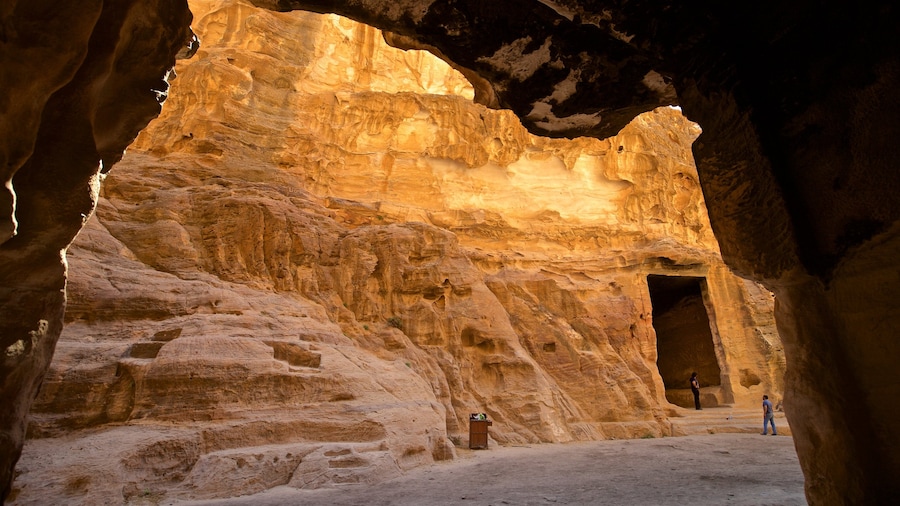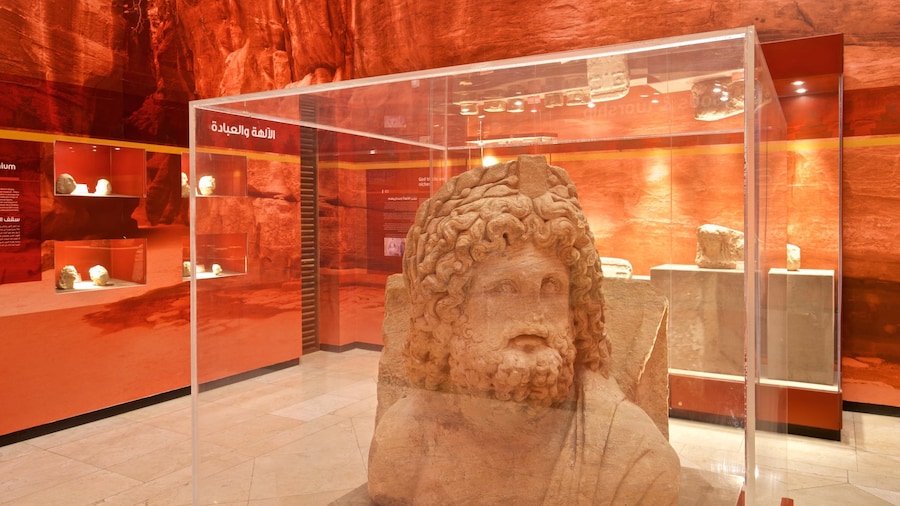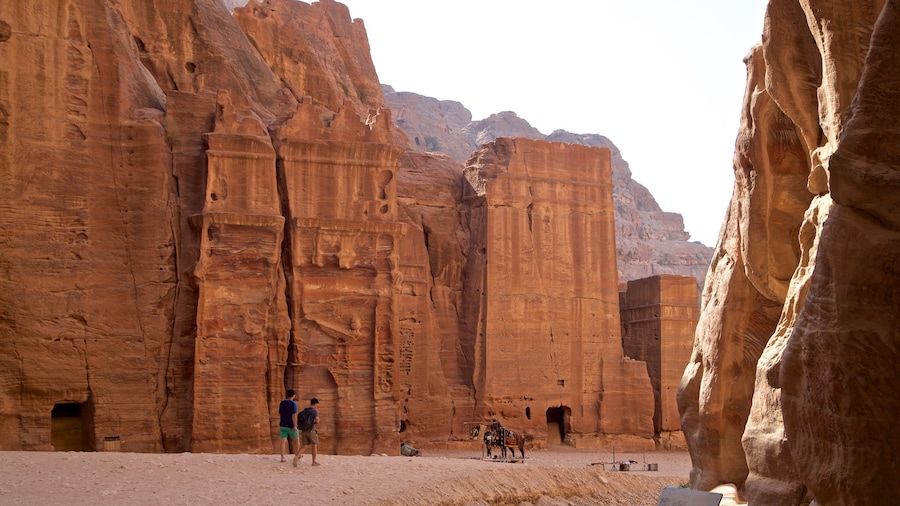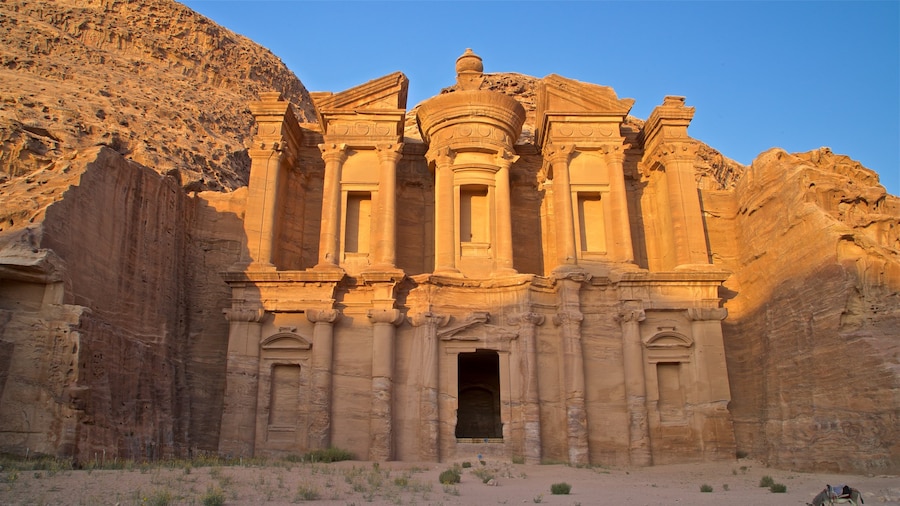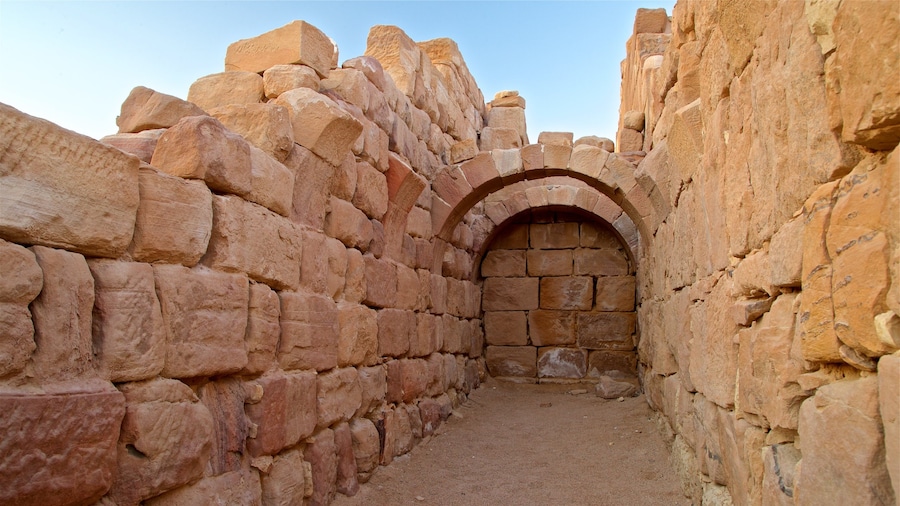Perched high on a hill, this ancient stronghold with an impressive history offers panoramic views of the Jordan countryside.
Visit Shobak Castle to delve deeper into the turbulent history of the Crusaders from Jerusalem. Bring a torch to shine a light on its many hidden treasures, from hidden passageways and Christian crosses to the Quranic calligraphy on its thick walls.
Shobak, or Shoubak Castle, is situated at 4,265 feet (1,300 meters) above sea level. The hill used to be called Krak de Montreal or Mons Realis, meaning “the Royal Mountain,” as it was chosen by King Baldwin I, a Crusader from Jerusalem, to guard the road from Damascus to Egypt.
The king finished the castle in 1115 and no pilgrim or trade caravan could pass without Crusaders’ permission. The troops of Saladin, the first sultan of Egypt and Syria, besieged the castle for 18 months, finally taking control in 1189. The Mamluks occupied Shobak Castle in the 14th century and rebuilt it.
Although partly ruined once again, the interior is still safe to explore and local caretakers offer guided tours for a reasonable fee. Walk underneath the high arches to enter the castle. If you’re not claustrophobic, turn left and carefully make your way down a steep stone spiral staircase to an underground spring. Alternatively, ignore this secret passage and just keep going straight.
The castle houses two reconstructed churches. Under the southernmost church, explore the catacombs with Christian carvings, Islamic tablets and the remains of the throne of Saladin.
Don’t miss the underground prison at the northern end of the castle. To the east from here are some carved Quranic texts, carved out in the ancient Kufic script.
Explore the reconstructed court of King Baldwin I. Continuing south, you’ll pass some ancient baths and a watchtower reconstructed by the Mamluk.
Shobak Castle sits just outside Shoubak village along the Kings Highway in the west of Jordan. It’s less than an hour from Petra to the south and is often part of organized tours of the region. The entrance is at the Shobak Castle Visitor Center.
